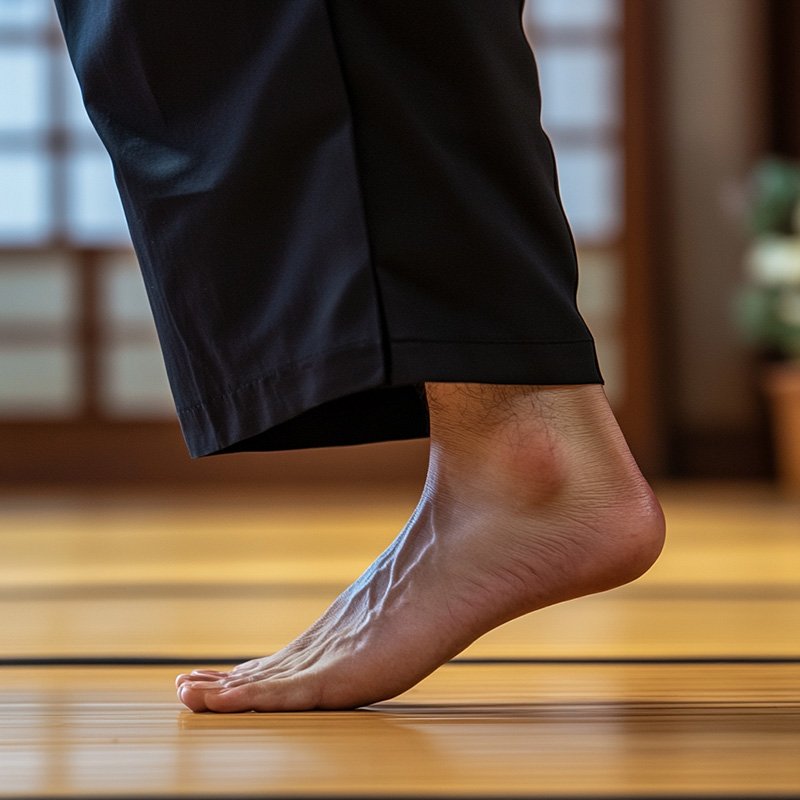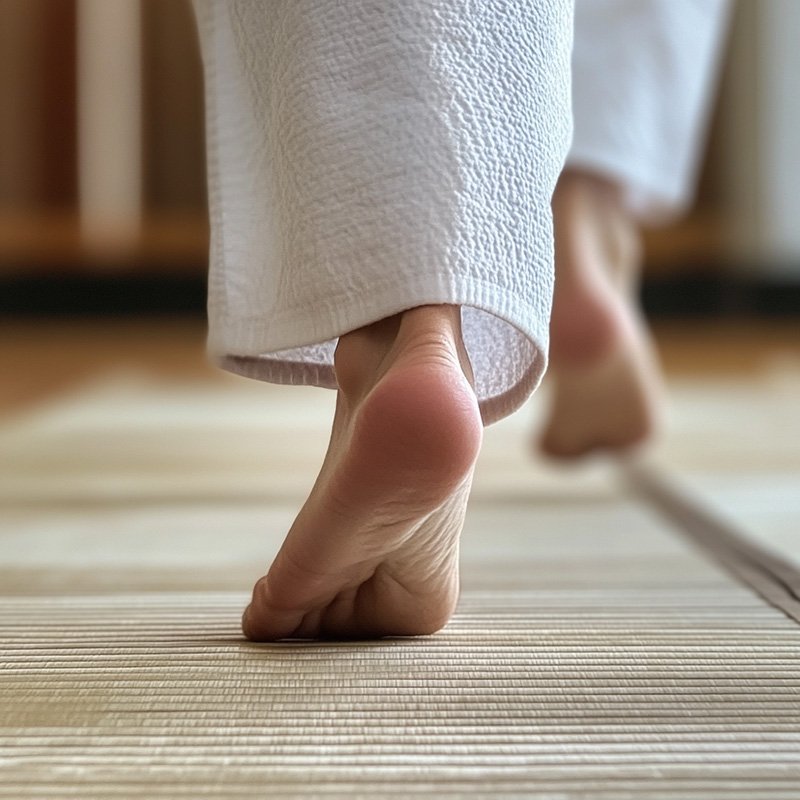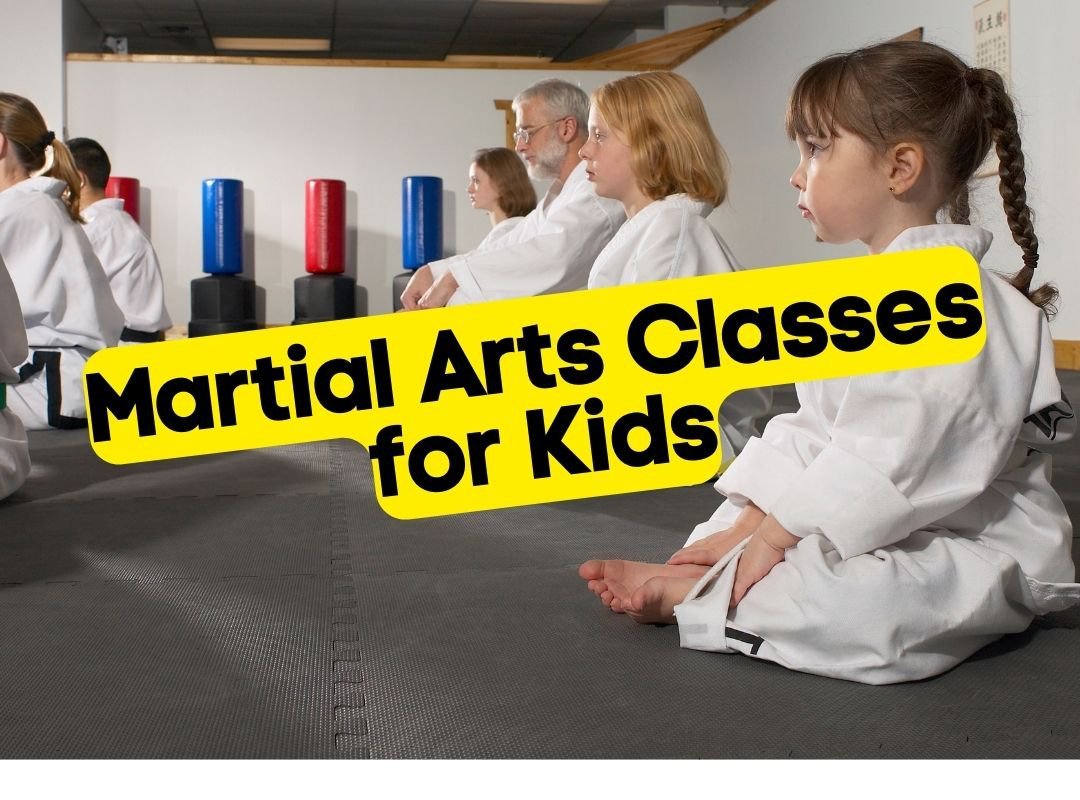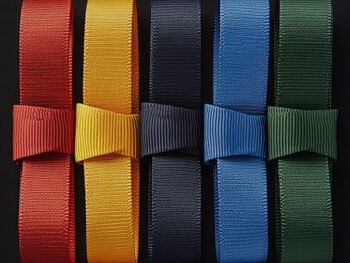Kumdo, a Korean martial art, causes heel pain due to improper warm-ups, poor technique, and overuse. Solutions: proper routine, technique, footwear.
Key Takeaways 
- Unexpected Link Between Technique and Pain: Many Kumdo practitioners underestimate the impact of poor technique on heel pain, highlighting the importance of proper training.
- Surprising Surge in Physical Activity: The rising number of adults engaging in sports like Kumdo mirrors the broader trend of increased physical activity, with 10 million runners as a notable statistic.
- Contrarian Perspective on Warm-Ups: Contrary to popular belief, insufficient warm-up routines are a major contributor to injuries, emphasizing the need for comprehensive warm-up exercises.
- Real-World Solution: Footwear Matters: Investing in supportive footwear specifically designed for Kumdo can drastically reduce heel pain and enhance performance.
- Core Message: Prevention is Key: Understanding and addressing the root causes of heel pain can prevent chronic issues, ensuring a more enjoyable and sustainable practice of Kumdo.
Understanding Heel Pain in Adult Kumdo Practitioners: Causes and Solutions
Kumdo, a modern Korean martial art similar to Kendo, is gaining popularity among adults seeking a unique and engaging form of exercise. However, many practitioners experience heel and foot pain, which can hinder their progress and enjoyment. This blog post explores the causes of heel pain in adult Kumdo practitioners and offers practical solutions to alleviate and prevent it.
The Rise of Kumdo Among Adults
As people become more health-conscious, the number of individuals participating in various sports has increased significantly. Among these sports, Kumdo stands out for its cultural richness and physical demands. According to recent statistics, the number of runners has surged to 10 million, reflecting a broader trend of increased physical activity among adults. Kumdo, with its emphasis on discipline and technique, attracts those looking for a mentally and physically challenging workout.
Choosing the Right Exercise for Office Workers
Office workers often face unique challenges when selecting a workout routine. Factors such as personal preferences, social influences, accessibility, and time constraints play a significant role in their decision-making process. Some gravitate towards ball sports like soccer and basketball, while others prefer individual sports like badminton, tennis, and golf. Combat sports, including Kumdo, boxing, and mixed martial arts, also appeal to those seeking a more intense workout. Regardless of the chosen sport, participants must be vigilant about potential injuries. Common issues include pain in the knees, ankles, and soles of the feet, particularly the heels. These injuries can lead to chronic problems if not addressed promptly.

Kumdo and Foot Pain: A Common Issue
Many adult Kumdo practitioners experience foot pain, particularly in the heels and soles. This pain often results from the repetitive movements and stances required in Kumdo. For instance, practitioners frequently develop blisters on the soles of their feet due to friction, and the fascia and tendons can become inflamed, leading to chronic pain. While Kumdo might seem to involve primarily upper body movements, footwork is crucial for maintaining the correct distance from opponents. This emphasis on foot movement can lead to injuries if not executed properly.
Causes of Heel and Plantar Injuries in Kumdo
Heel and plantar injuries in Kumdo can result from several factors:
- Improper Warm-Up and Cool-Down Routines: Many athletes neglect proper warm-up and cool-down exercises, increasing their risk of injury. A good warm-up prepares the body for physical activity, while a cool-down helps prevent muscle stiffness and soreness.
- Poor Posture and Technique: Beginners often struggle with maintaining proper posture and technique, leading to unnecessary strain on the feet. Incorrect foot placement and excessive heel impact can exacerbate these issues.
- Overuse and Lack of Conditioning: Adults new to Kumdo may not be accustomed to the physical demands of the sport, leading to overuse injuries. Building strength and flexibility in the feet and lower legs is essential for preventing these injuries.
Solutions for Alleviating and Preventing Heel Pain
To address heel pain in Kumdo practitioners, consider the following strategies:
- Incorporate a Comprehensive Warm-Up and Cool-Down Routine: Ensure that your routine includes dynamic stretches and exercises that target the feet and lower legs. This preparation can help reduce the risk of injury.
- Focus on Proper Technique and Posture: Work with a qualified instructor to refine your technique and posture. Pay attention to foot placement and movement to minimize strain on the heels.
- Strengthen and Condition the Feet: Incorporate exercises that strengthen the muscles and tendons in the feet and lower legs. This conditioning can improve your overall performance and reduce the likelihood of injury.
- Use Supportive Footwear and Equipment: Invest in high-quality footwear designed for Kumdo. Proper shoes can provide the necessary support and cushioning to protect your feet during practice.
- Seek Professional Treatment for Chronic Pain: If you experience persistent heel pain, consider consulting a healthcare professional. Treatments such as acupuncture, cupping, and herbal medicine can help alleviate chronic inflammation and improve blood flow to the affected areas.







